I'm using the centroid of polygons to attach a marker in a map application. This works definitely fine for convex polygons and quite good for many concave polygons.
However, some polygons (banana, donut) obviously don't produce the desired result: The centroid is in these cases outside the polygons area.
Does anybody know a better approach to find a suitable point within any polygons area (which may contain holes!) to attach a marker?

